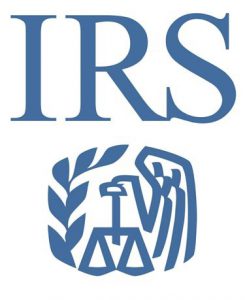The Internal Revenue Service has announced that they will begin accepting paper and electronic tax returns beginning January 27, 2020. The IRS encourages everyone to consider filing electronically and choosing direct deposit, as it is fast, accurate, and the best way to get your refund as quickly as possible.
Nonetheless, many software companies and tax professionals are accepting income tax return information now and promising instant refunds. KNOW that money being promised comes with a charge. As they say, there is NO free lunch, especially around tax time.
By law, the IRS cannot issue refunds for people claiming the Earned Income Tax Credit (EITC) or Additional Child Tax Credit (ACTC) before mid-February. The law requires the IRS to hold the entire refund − even the portion not associated with EITC or ACTC. This law change, which took effect in 2017, helps ensure that taxpayers receive the refund they are due by giving the IRS more time to detect and prevent fraud
The IRS also wants taxpayers to be aware it will take several days for these refunds to be released and processed through financial institutions. Factoring in weekends and the President’s Day holiday, the IRS cautions that many affected taxpayers may not have actual access to their income tax refunds until the end of February 2020.
The filing deadline to submit 2019 tax returns is Wednesday, April 15, 2020. Procrastinators can request a six-month extension to submit their returns (Form 4868), but you only have until midnight April 15, 2020 to pay taxes owed without penalty.
It is amazing to know that the IRS issues more than 9 out of 10 refunds in less than 21 days. Choosing e-file and direct deposit for refunds remains the fastest and safest way to file an accurate income tax return and receive a refund. However, it is possible your tax return may require additional review and take longer. Where’s My Refund? has the most up to date information available about your refund.
Your refund should only be deposited directly into accounts that are in your own name, your spouse’s name, or both if it is a joint account. No more than three electronic refunds can be deposited into a single financial account or pre-paid debit card. Taxpayers who exceed the limit will receive an IRS notice and a paper refund.
Whether you file electronically or on paper, direct deposit gives you safe access to your refund faster than a paper check.
Additional Resources:
Free Tax Return Prep for Qualifying Tax Payers (IRS)
What to Bring to Your Local VITA or TCE Site (IRS)
- It’s Chestnut Season! - December 16, 2022
- Persimmons: Food of the Gods - November 23, 2022
- Have You Ever Thought About Entering Baked Goods in the North Florida Fair? - October 28, 2022

